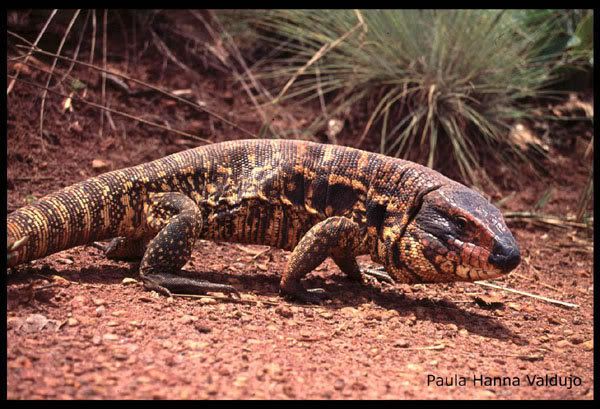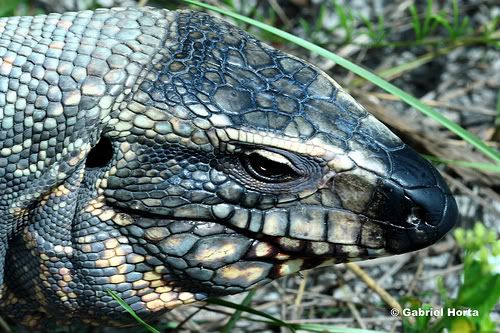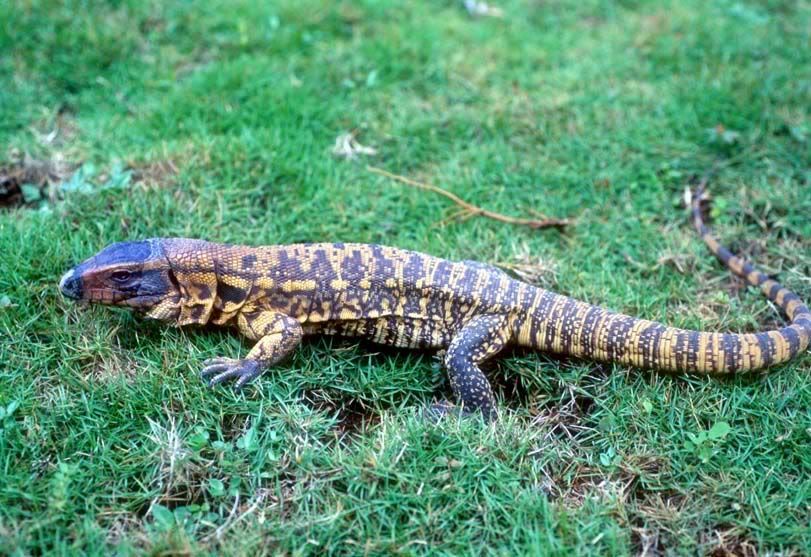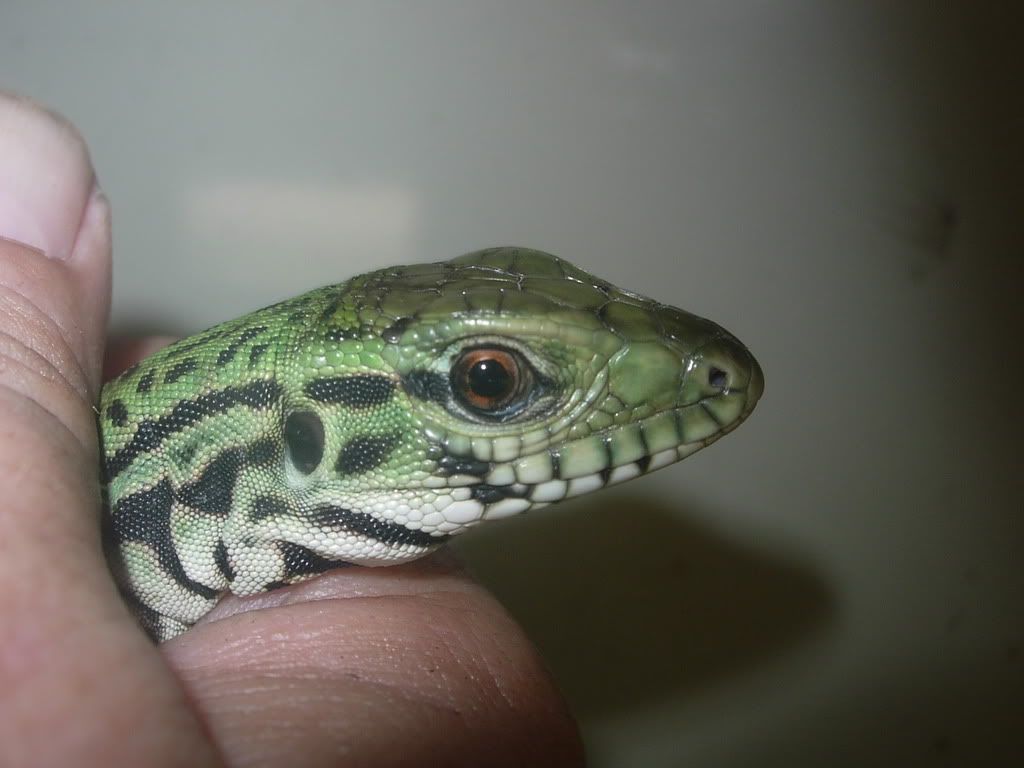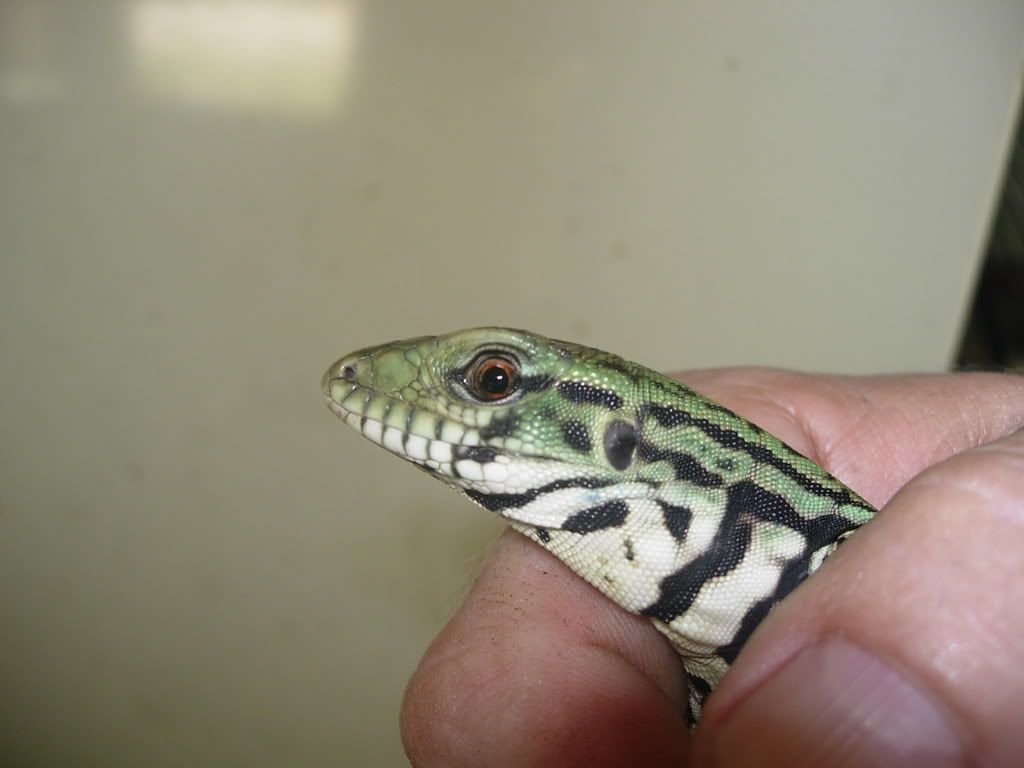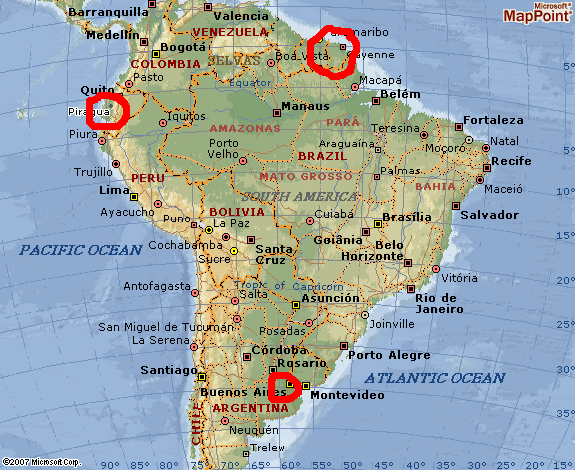- Messages
- 123
Was wondering if anyone knows where blues originated at? Reason being there is a pet store that I have been hounding for him to sell me his blue female store pet tegu. Well, he finally broke down and is going to sell her to me, he tells me she is from peragua, but I have not head any one say other wise. I believe he got it from someone who said it was from there and so that makes it just hear say in my opinion.
Does anyone have any other info?
ED
Does anyone have any other info?
ED
